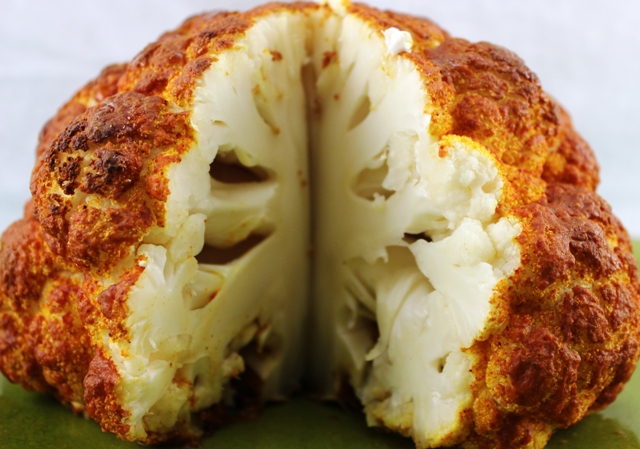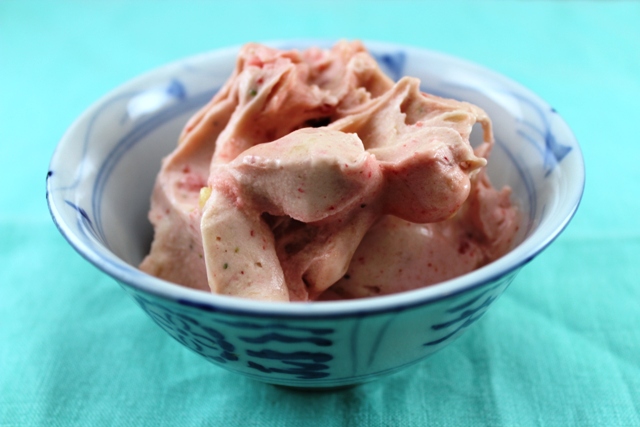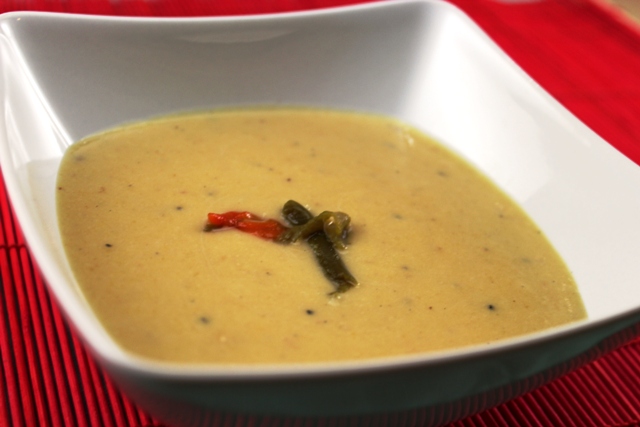Every now and then, I’m deeply ashamed to be part of the human species. Last Wednesday was one of those days. I went to a cull market auction with my friend Tish, who kindly agreed to go with me and who, afterward, wrote a very nice post about buddy system research on her blog. We arrived half an hour early, with the intention of being able to look at the animals in the pens out back before the auction started. Instead, we arrived and, for whatever reason, the auction was already underway. We went straight into the auction hall and sat down in the bottom row of the bleachers, close to the corner of the auction pen where the animals exited on their way to the scale and then to await being picked up by whomever had had the winning bid on their lives and bodies.
A “cull” market is just what you might imagine. The herds of cows on dairy farms are “culled” to remove those who are no longer productive enough to be profitable. They are then auctioned off to meat buyers who send them to slaughter and they are killed and used for ground beef and other cheap processed meat products. Their bodies are too worn out and used up to be used for anything else.
We stayed at the auction for 45 minutes during which at least 40 or 50 cows were auctioned off—cows who were lame and limping, many of whom couldn’t put weight on one of their legs, cows whose udders were swollen and red and dragging on the ground, cows who were emaciated and bony, their hips and ribs jutting out. Almost all of them had their tails ‘docked,’ a painful procedure done without anesthesia wherein cows’ tails (their only defense against flies) are cut to stubs to make milking more convenient (human farmers don’t like to be flicked in the face while they’re attaching the cows’ teats to milking machines). Some of the cows were so frightened they were foaming at the mouth. Nearly all of them shit themselves, nerves and maybe sickness causing them all to have diarrhea. Some of them came running into the pen and frantically looked for a way out. Others were so weak it was all they could do to get through the pen still standing.
One small Holstein who was particularly emaciated came in with an especially bad limp. She sunk to her knees in the pen to the loud dismay of the audience. The auctioneer said, “Well, let her rest, I guess.” Most of the bids for the other cows were starting at $40, $50, or $60 per 100 pounds of weight. Her starting bid was $20 and went down to $5 before the auctioneer gave up and no one bought her. She would have cost $35 total. She lay there in the pen until another cow was let into the pen and frightened her into scrambling to standing in a panic. This cow haunted my dreams that night and when I called back the next day to ask what had happened to her, the auctioneer told me she had died in the night. When I close my eyes I can see her and it kills me. We could have bought her.
There were fewer than 20 people at the auction, unlike the ‘dairy market’ day I had attended at the beginning of the summer, which was packed with spectators. That auction had only 14 or 15 cows, but lots of people had come to watch. At this auction, we were two of the only people not bidding. A row of meat buyers sat on one side of the bleachers and bid repeatedly, their large trailers waiting outside to load up all of the animals for slaughter. They talked and joked throughout the bidding, “You really gonna butcher that one?” In reply, “Yeah, I can get something out of her.” One man sat stroking fondly the dog who sat on the bench next to him.
As I sat there, I wished that more people would come and sit and watch the end of the lives of the cows in the dairy industry. This is where they end up—organic, grass-fed, locally raised, etc.—they all go to slaughter. They all end up in this auction yard covered in their own and other cows’ shit, weak and frightened, worn out and commodified—to be sold off by the pound. There were 6 young barren females and 1 cow who were ‘certified organic’. They all sold for a much higher price than the rest. Their bodies would be turned into organic hamburger meat and would be sold at a premium to consumers who so eagerly support the local, organic, ‘humane’ meat movement. Their bodies may have been the source of these same consumers’ organic milk. And yet, they all ended up here alongside the ‘conventionally’ raised cows and were all headed to the same fate at the slaughterhouse.
Even this small auction yard worked like a well-oiled machine. Each animal entered and left the pen in under a minute. This is perhaps one of the most striking things about being at an auction. The sheer volume and speed at which animals’ lives are sold and bought, their fates sealed in a snap decision. The roughness with which they are handled is normalized as part of the process. They are smacked and thwacked with sticks to get them to keep moving, they are hit carelessly with the door on the way in and out of the pen. In fact, one cow tried to turn around and go out the way she came in and the teenager girl herding her slammed her head in the door. Tish and I both cringed and gasped audibly.
Because were sitting on the bottom bleacher by the exit, as each cow left the pen to be weighed, their eyes met ours. Looking into a cow’s big, beautiful eyes at this moment will break your heart. My head and my heart screamed “I’m sorry. I’m so sorry.” as I sat there in silence, watching. I sat there frantically looked for cracks in this system—signs that the humans in this space cared at least a little for the animals they were selling and buying. And there were cracks, however small. The teenager girl herding the cows through the pen would occasionally pat the side of a cow gently with her hand and say, “Come on sweetie,” or use some other form of endearment. There was the man in the audience stroking the head of his dog lovingly. There was the auctioneer who said, “Let her rest, I guess” when the cow collapsed. There were small signs of a recognition that animals were more than meat and milk machines. And yet, the system continues at a rapid pace and these cracks are spackled over by the profit that’s to be made by selling and buying these animals, by the demand for animal products, and by the very momentum of the system itself.
It’s an odd feeling to be ashamed of being human. There’s no real way out of being part of the human species. One might think that I despised the people there buying the cows, the individuals who were taking part in this cruel system, the man we witnessed out back beating the head of a cow repeatedly. And yet, I don’t despise them. They are part of a system that has been in place since long before they were born. Many of these individuals were raised into farming and their use of animals is the most normal thing in the world to them. Instead, it is the system itself that causes me shame. I’m ashamed to be part of a species that could create and normalize this kind of exploitation in the first place. I’m ashamed to be part of a species that, even when consumption of meat and dairy isn’t necessary (or even healthy) for survival, we kill and eat animals anyway. I’m ashamed to be a part of a species in which more people are not standing up for animals—in which more people are not recognizing animal rights as a social justice issue and a way to exercise basic human decency.
While there is no way out of being human, there are ways to redefine what it means to be human. We can choose to think differently and intellectually challenge the system of animal exploitation that is so dominant. We can choose to feel differently about animals and their place in the world by recognizing their needs and desires. And we can choose to act differently by not supporting the system and by actively working against it.

 Follow
Follow






